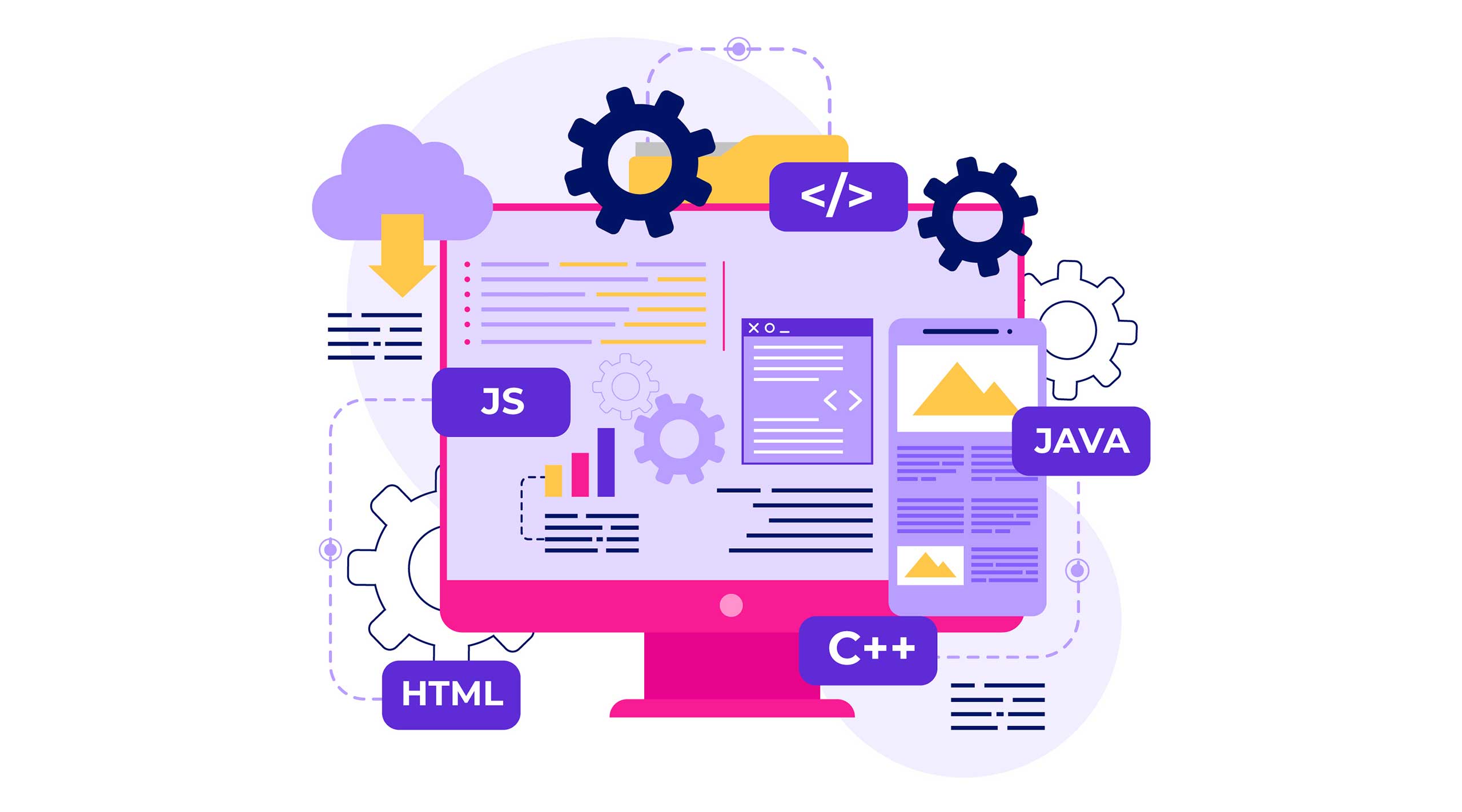
The Importance of Secure Coding Standards
In the realm of software development, security is not an afterthought—it’s a fundamental requirement. As cyber threats loom larger and attacks grow more sophisticated, the need for robust code security practices has never been more critical. Enter secure coding standards, the guiding principles that help developers build resilient software applications from the ground up. In this blog, we’ll explore industry-standard secure coding practices, such as the OWASP Top 10 and CWE/SANS Top 25, and delve into how adhering to these standards can significantly enhance code security.
With data breaches and cyberattacks making frequent headlines, building security into the software development process has become crucial. Adopting standard secure coding practices is a key strategy for developing more hardened, resilient applications. In this post, we’ll look at some of the leading secure coding standards and how following them can significantly enhance code security.
The Imperative of Secure Coding
Before delving into specific standards, let’s underscore why secure coding is paramount. In today’s digital landscape, software vulnerabilities serve as the entry point for malicious actors seeking to exploit weaknesses in applications. From SQL injection and cross-site scripting to buffer overflows and authentication flaws, the range of potential vulnerabilities is vast. However, by adopting secure coding practices, developers can fortify their applications against these threats, reducing the attack surface and mitigating the risk of security breaches.
OWASP Top 10: A Blueprint for Security
The Open Web Application Security Project (OWASP) is a globally recognized authority on web application security. Their OWASP Top 10 list outlines the most critical security risks facing web applications today. These risks include common vulnerabilities such as injection attacks, broken authentication, sensitive data exposure, and more. By familiarizing themselves with the OWASP Top 10 and implementing recommended countermeasures, developers can proactively address these vulnerabilities during the development process, thereby bolstering the security posture of their applications.
The OWASP Top 10 is a powerful awareness document for developers and web application security. It represents a broad consensus on the most critical security risks to web apps such as injection, broken authentication, sensitive data exposure and more. The OWASP Top 10 outlines key vulnerabilities and provides detailed guidance for prevention and mitigation. Making this a mandatory baseline standard for all software development significantly improves code security posture.
Let’s briefly examine a few key entries from the OWASP Top 10:
- Injection: Preventing injection attacks, such as SQL injection and command injection, requires using parameterized queries, input validation, and proper encoding to sanitize user input and prevent malicious code execution.
- Broken Authentication: Implementing secure authentication mechanisms, such as multi-factor authentication (MFA), strong password policies, session management, and secure password storage, can mitigate the risk of unauthorized access.
- Cross-Site Scripting (XSS): Sanitizing user input, encoding output, and implementing content security policies (CSP) are crucial measures for mitigating cross-site scripting vulnerabilities and preventing client-side attacks.
By adhering to the OWASP Top 10 guidelines, developers can build more resilient web applications that are less susceptible to common security threats.
CWE/SANS Top 25: Prioritizing Vulnerabilities
In addition to the OWASP Top 10, developers can benefit from the Common Weakness Enumeration (CWE) list, developed in collaboration with the Software Assurance (SwA) program at the U.S. Department of Homeland Security. The CWE/SANS Top 25 Most Dangerous Software Errors provides a broader perspective on software weaknesses across various programming languages and platforms.
The CWE/SANS Top 25 covers a wide range of vulnerabilities, including issues related to input validation, authentication, cryptography, error handling, and more. By prioritizing remediation efforts based on the CWE/SANS Top 25, organizations can focus on addressing the most critical vulnerabilities that pose the greatest risk to their applications and infrastructure.
The CWE/SANS Top 25 Most Dangerous Software Errors is a list of the most widespread and critical coding errors that lead to serious vulnerabilities. These include issues like input validation errors, failure to restrict URL access, improper error handling and more. Avoiding these common pitfalls via secure coding training and robust QA testing is a proven way to reduce exploitable code defects.
Embracing Sec1: A Commitment to Security Excellence
In today’s interconnected world, organizations face an ever-expanding array of cyber threats. Sec1, a leading provider of cybersecurity solutions, understands the importance of secure coding practices in safeguarding digital assets and protecting against malicious attacks. Specializing in application security, cybersecurity, cloud security, and various other facets of cybersecurity, Sec1 is at the forefront of innovation in the industry.
With the world’s largest vulnerability database and the fastest scanner for scanning vulnerabilities, Sec1 empowers developers and organizations to identify and address security weaknesses proactively. By leveraging cutting-edge technology and expertise, Sec1 enables its clients to stay ahead of emerging threats and maintain a robust security posture.
Sec1 offers comprehensive solutions tailored to meet the unique needs of each organization, from secure code review and vulnerability assessments to threat intelligence and incident response. With Sec1 by your side, you can build and maintain resilient software applications that withstand the challenges of today’s threat landscape.
Enhancing Code Security Through Compliance
Adhering to industry-standard secure coding practices, such as the OWASP Top 10 and CWE/SANS Top 25, offers several benefits:
- Reduced Risk of Exploitation: By addressing common vulnerabilities proactively, developers can minimize the risk of exploitation by malicious actors.
- Improved Software Quality: Secure coding practices contribute to overall software quality by promoting reliability, maintainability, and resilience.
- Compliance and Regulatory Alignment: Many regulatory frameworks and industry standards mandate the adoption of secure coding practices, making compliance with standards such as OWASP and CWE/SANS essential for organizations operating in regulated industries.
CERT Secure Coding Standards
The CERT Division of the Software Engineering Institute at Carnegie Mellon University has published secure coding standards for several major languages like C, C++, Java, Perl and more. These standards define key rules and recommendations for safely implementing functions like memory management, data representation, serialization, encryption and random number generation. Adopting these standards prevents dangerous errors.
Benefits of Secure Coding Standards
The main benefits of implementing secure coding standards include:
- Reduce vulnerabilities by avoiding common code defects and following best practices
- Increase resilience against attacks by “building security in” throughout the SDLC
- Promote a culture of security among developers through awareness and training
- Provide objective criteria for code reviews and security testing
- Support compliance with regulations that mandate secure development
By making secure coding standards mandatory for all in-house development and outsourced work, organizations can drastically improve application security. This increases customer trust, protects sensitive data, and saves time and cost compared to dealing with vulnerabilities post-release. In today’s threat landscape, adopting secure coding standards is no longer optional – it’s a business necessity.
Building a Secure Future
In an era where cyber threats are omnipresent, secure coding is not merely a best practice—it’s a necessity. By embracing industry-standard secure coding practices like the OWASP Top 10 and CWE/SANS Top 25, developers can play a pivotal role in safeguarding the integrity, confidentiality, and availability of software applications. As the digital landscape continues to evolve, a commitment to secure coding standards will serve as a cornerstone for building a more secure future in software development. And with Sec1 as your trusted partner, you can embark on this journey with confidence, knowing that your code is fortified against even the most determined adversaries.

